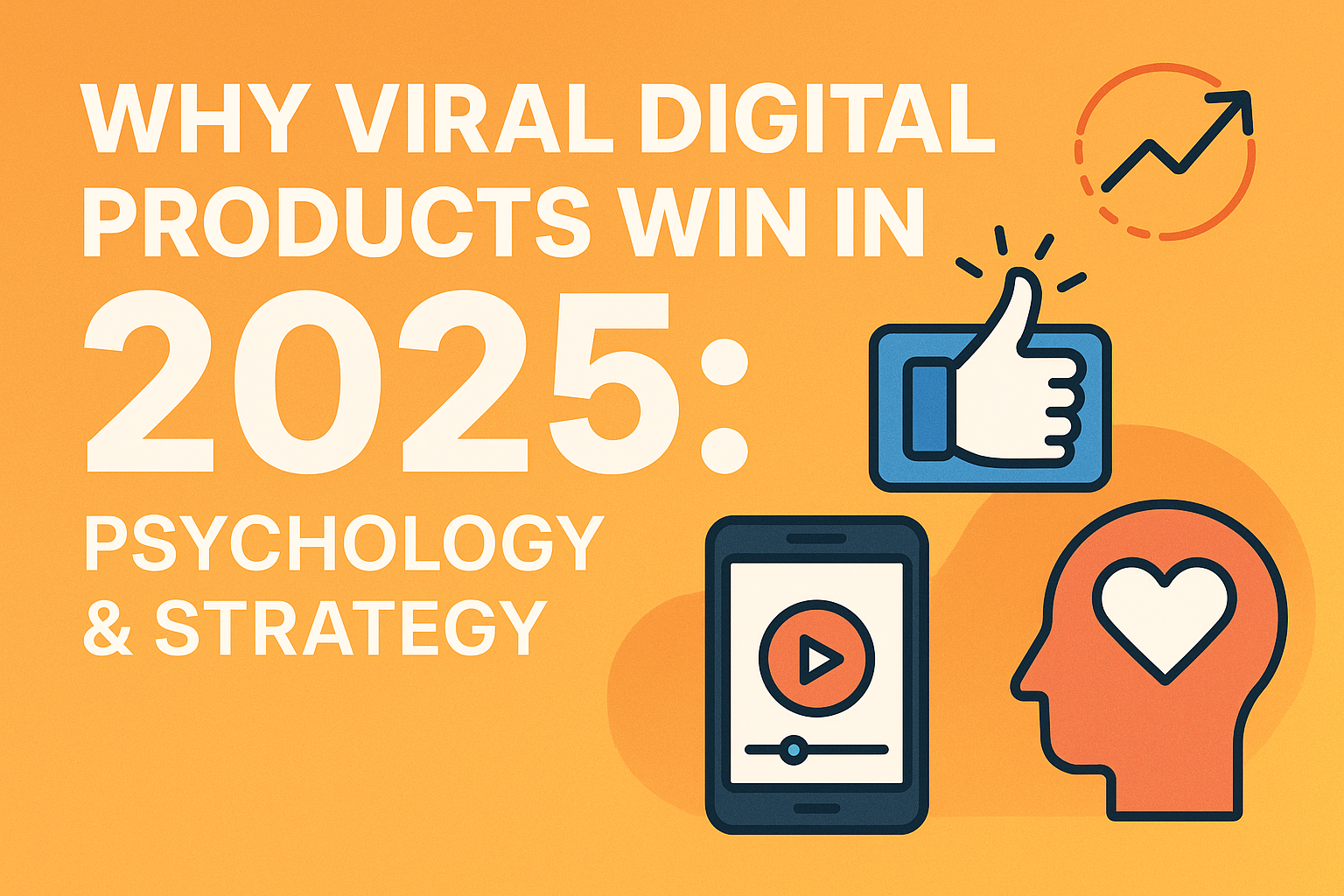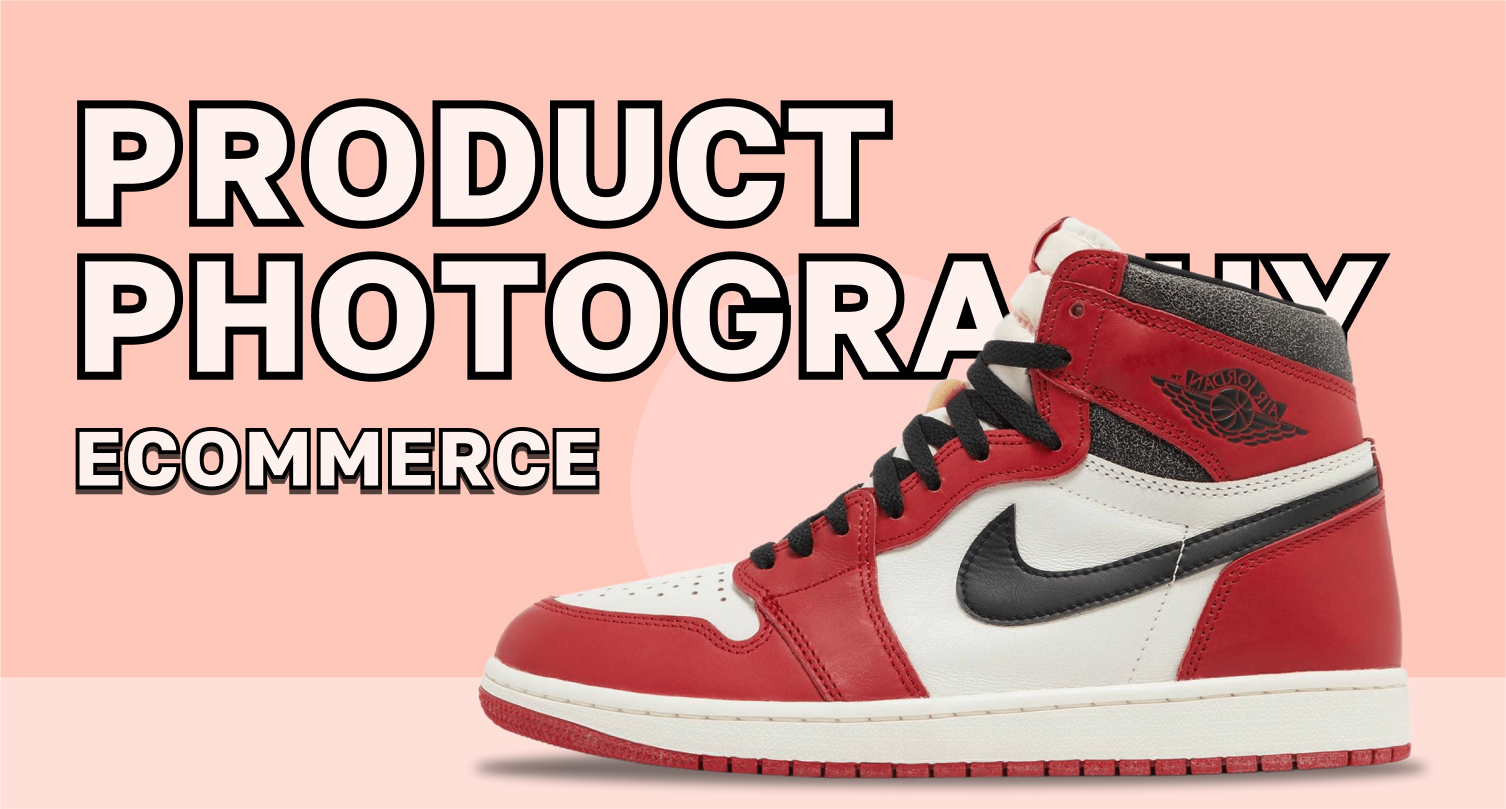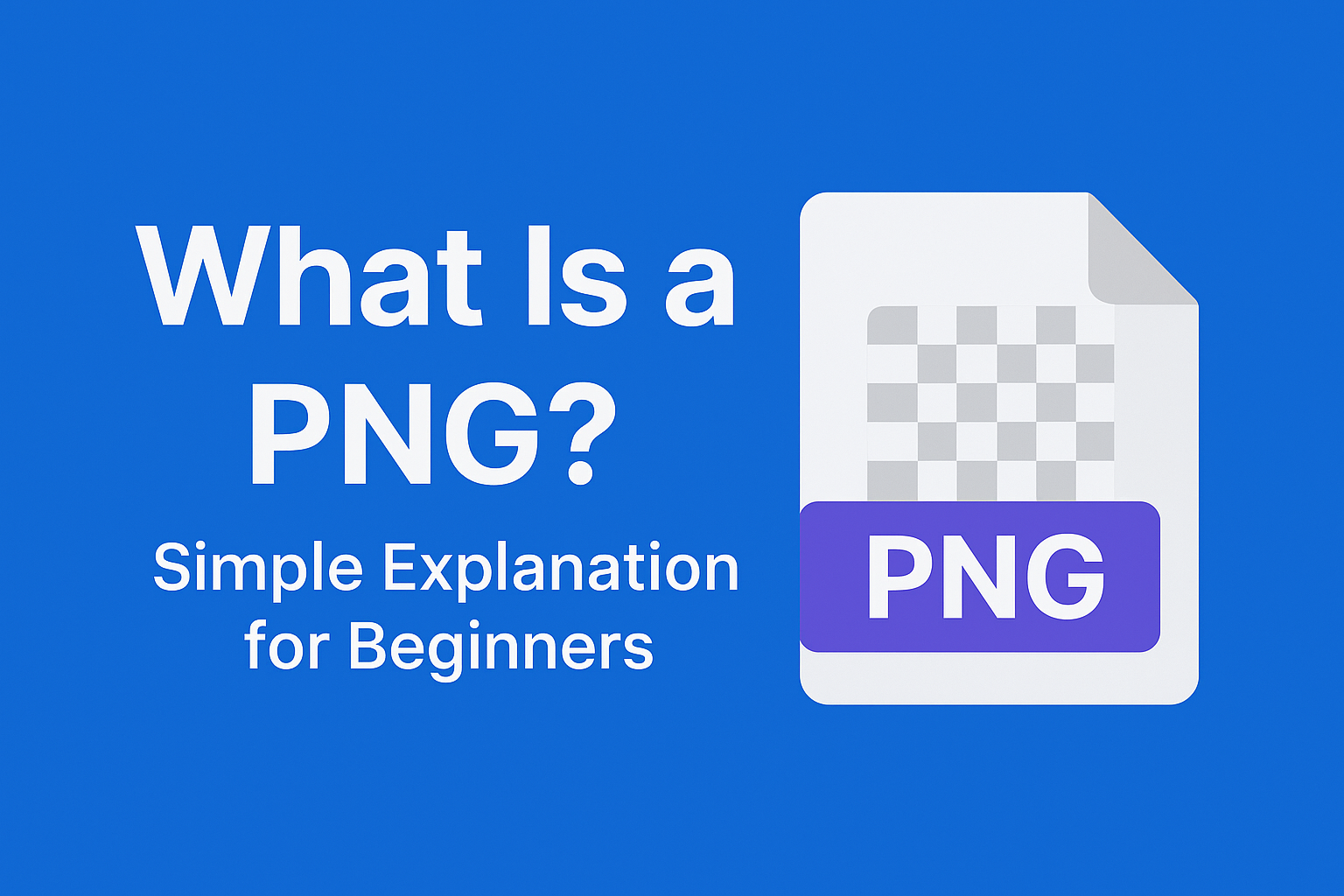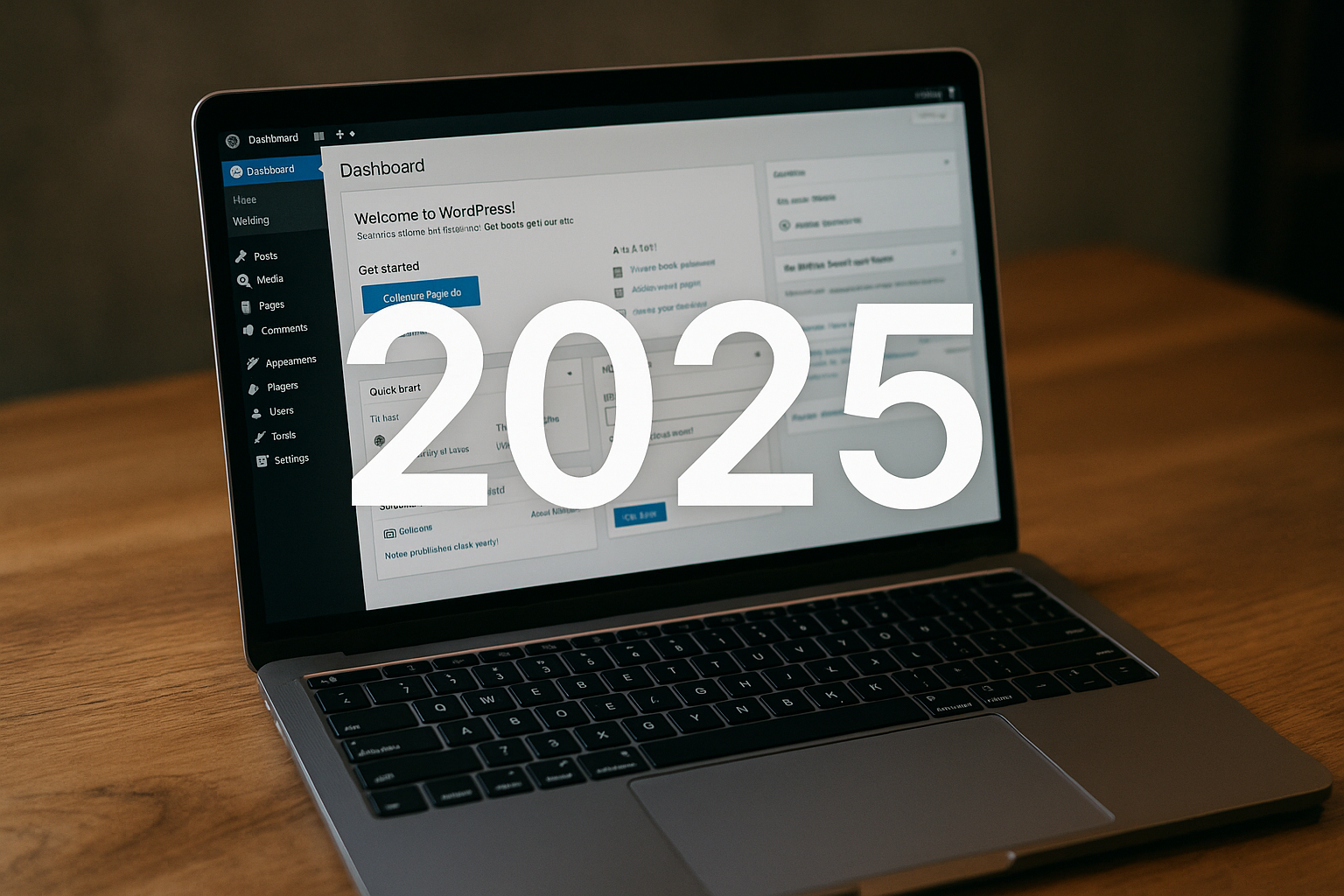Why 94% of Digital Products Fail to Go Viral And How the Other 6% Win
Ever wonder why some digital products blow overnight while others disappear into the null? The harsh reality is that 94% of digital products never achieve viral status. But here's the engaging part: the 6% that do succeed aren't just lucky. They follow a proven blueprint that any entrepreneur can master.
In today's saturated digital landscape, where thousands of new apps and tools launch daily, understanding what makes a product go viral isn't optional anymore. It's survival. Whether you're building the next breakthrough SaaS tool, a creative platform like FreeBgRemover, or any digital solution, the principles of viral growth will determine your success.
The Strategy Behind Viral Digital Products
Viral success isn't accidental. Every product that achieves massive organic growth combines three critical elements: psychological triggers, network effects, and smooth sharing mechanisms. Let's break down what really works.
1. Emotional Triggers That Drive Shares
The most successful digital products tap into powerful human emotions. When users feel surprised, delighted, or accomplished, they naturally want to share that experience with others.
Real Example, Take FreeBgRemover's AI background removal tool. Users experience that wow moment when they see their photo transformed in seconds. That instant satisfaction creates an emotional high that people want to share on social media.
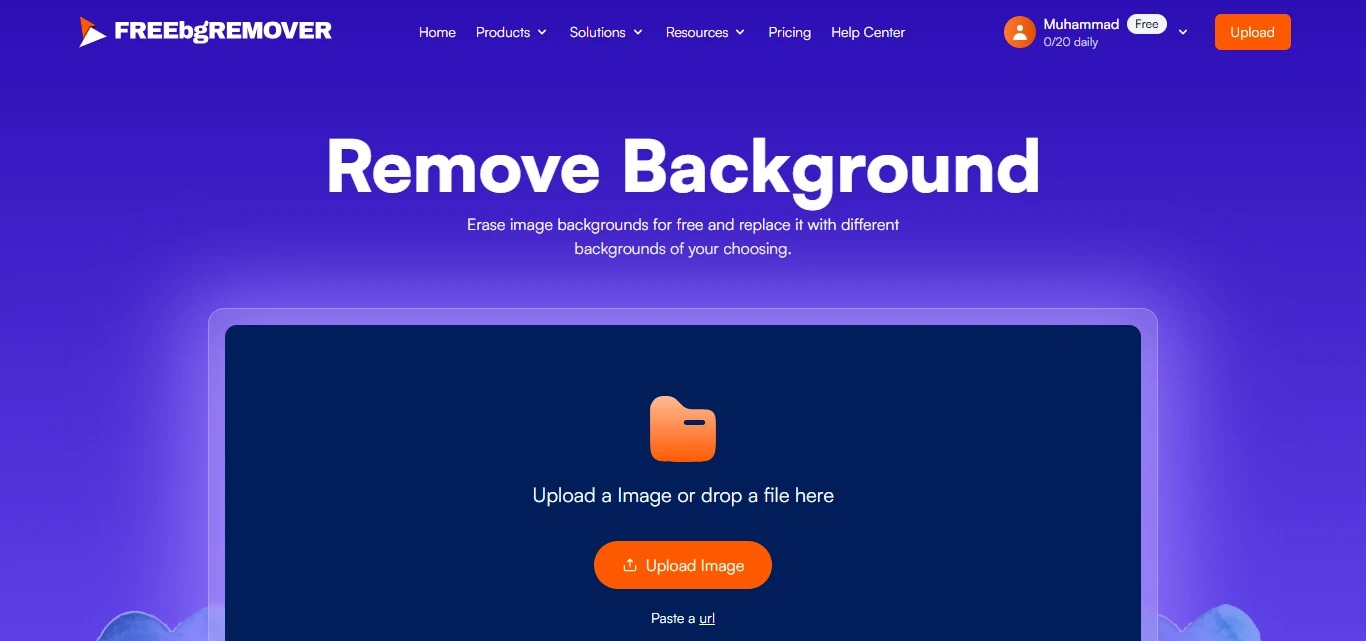
The key emotions that drive viral behavior:
-
Wonder and amazement (seeing AI work its magic)
-
Achievement and pride (creating something impressive)
-
Humor and joy (fun, unexpected results)
-
Social validation (looking smart or creative to peers)
2. Network Effects: When More Users Equal More Value
Products with built-in network effects become more valuable as their user base grows. This creates a positive feedback loop where each new user makes the product better for everyone else.
Case Study Analysis, Notion didn't just build a note-taking app. They created a collaborative workspace where team adoption naturally expands usage. The more people use Notion in an organization, the more essential it becomes.
For visual tools like background removers, network effects work differently. When users share their creations across social platforms, they're essentially providing free marketing while demonstrating the tool's capabilities to potential new users.
3. Smooth Sharing: Remove Every Barrier
If sharing your product requires more than two clicks, you're already losing potential viral growth. The most successful products make sharing feel natural and rewarding.
Strategic Implementation: Modern tools integrate sharing directly into the user workflow. When someone creates something amazing with your product, the share button should be prominent, pre-populated, and instantly accessible across all major platforms.
How Viral Growth Changed in 2025: New Rules for Success
The viral landscape has evolved significantly. Success today requires understanding three major shifts in how people discover and share digital products.
Creator-Led Discovery Dominates Traditional Marketing
Creators have replaced traditional influencers as the primary drivers of product discovery. They're not just promoting products; they're actively seeking tools that make their content better, faster, or more engaging.
Why This Matters, If your product helps creators produce share-worthy content, they become your most powerful advocates. They'll showcase your tool because it directly benefits their audience and personal brand.
Visual Proof Beats Everything
In the age of TikTok and Instagram Reels, your product needs to deliver visually impressive results within 10 seconds. If the transformation or outcome can't be quickly demonstrated, it won't spread organically.
Strategic Application: Tools like AI background removal excel here because the before-and-after transformation is instantly impressive and highly shareable across visual platforms.
AI-Powered Personalization Drives Engagement
Users expect intelligent, personalized experiences from day one. Products that use AI to customize onboarding, suggest relevant features, or predict user needs see significantly higher engagement and retention rates.
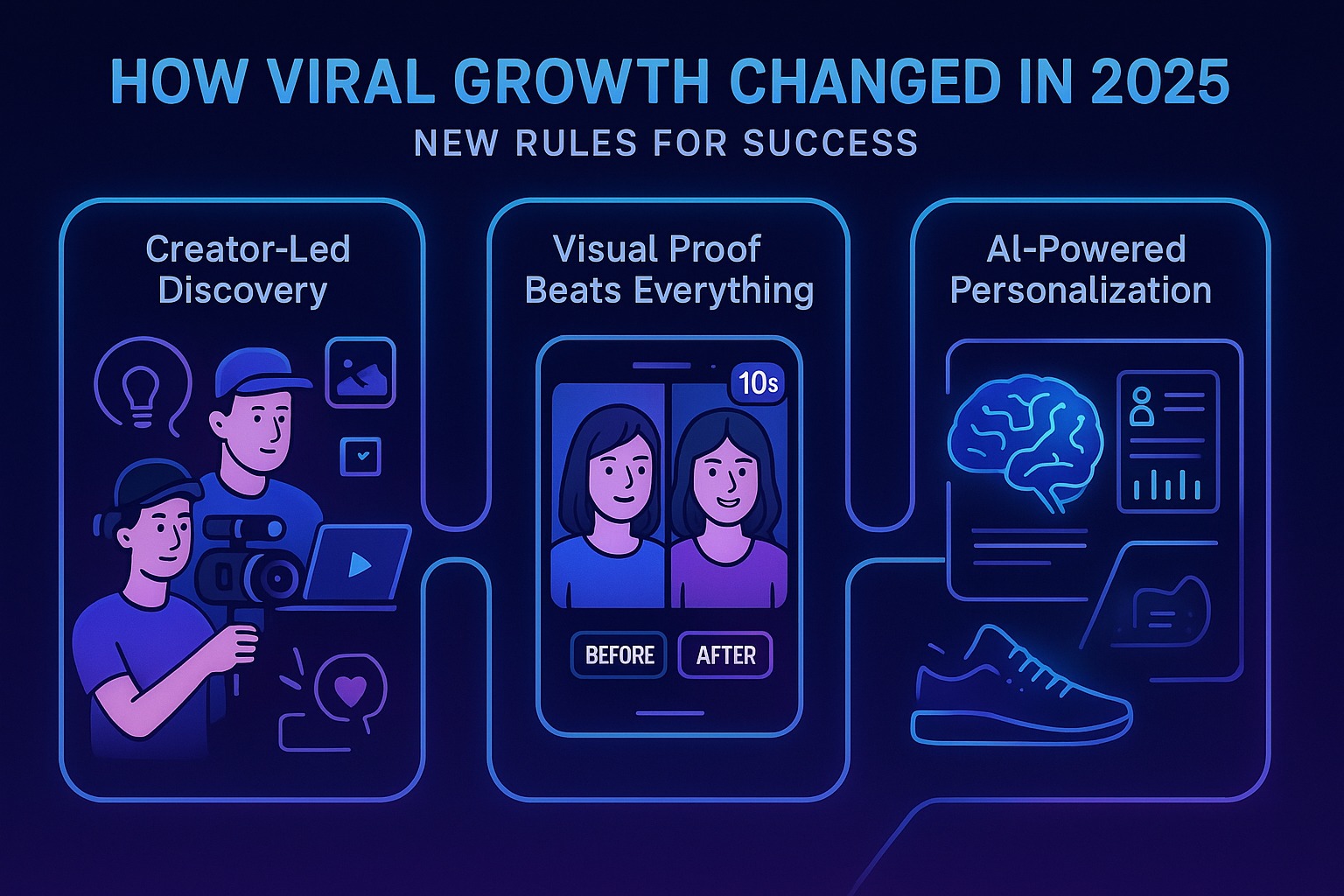
The 2025 Blueprint: Building Products That Actually Go Viral
Based on analysis of successful viral products, here's the proven framework for building products that spread organically:
Step 1: Solve One Problem Exceptionally Well
Generalist tools get lost in the noise. Viral products dominate a specific niche before expanding. Focus intensely on solving one core problem better than anyone else.
Example Strategy: Instead of building another photo editor, FreeBgRemover focused specifically on background removal and perfected that single function using advanced AI.
Step 2: Design for Instant Gratification
Your product must deliver value within the first 30 seconds of use. That initial "wow" moment determines whether users become advocates or abandonments.
Implementation Tips:
-
Minimize onboarding steps
-
Show results immediately
-
Use progressive disclosure for advanced features
-
Create clear visual feedback for user actions
Step 3: Build Sharing into Core Functionality
Don't treat virality as an afterthought. The most successful products make sharing feel like a natural extension of using the tool.
Viral Mechanics That Work:
-
Automatic social media optimization for shared content
-
Built-in templates that showcase the tool's capabilities
-
Collaborative features that require inviting others
-
Public galleries or showcases of user creations
Step 4: Create Content Worth Sharing
Your product should enable users to create something they're genuinely proud to share. When users look good using your tool, they become your best marketers.
Success Formula: Tool + Creativity + Social Validation = Viral Growth
Advanced Viral Strategies for 2025
Leverage Micro-Influencer Networks
Rather than pursuing expensive celebrity endorsements, focus on building relationships with micro-influencers in your niche. They have higher engagement rates and more authentic connections with their audiences.
Implement Smart Referral Systems
Modern referral programs go beyond simple "invite friends" mechanics. They reward both the referrer and referee with meaningful benefits that enhance the core product experience.
Effective Referral Incentives:
-
Premium features or extended trials
-
Exclusive templates or resources
-
Priority customer support
-
Early access to new features
Optimize for Algorithm-Driven Discovery
Social media algorithms favor content that generates engagement. Design your product outputs to naturally encourage likes, comments, and shares.
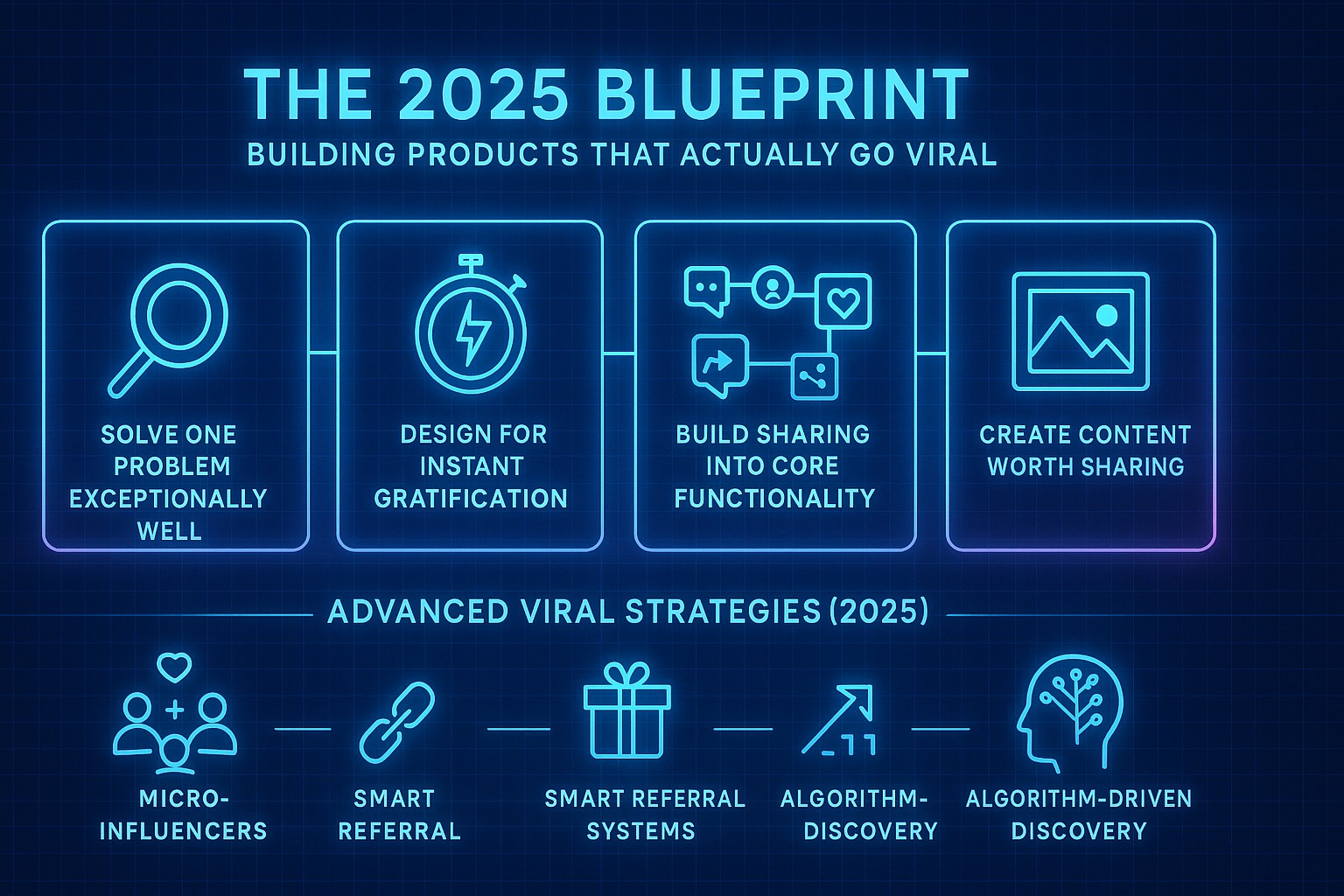
SEO and Content Strategy for Viral Products
To maximize organic discovery alongside viral growth:
Target Long-Tail Keywords
Focus on specific search terms like AI background removal tools, viral digital product strategies or how to make apps go viral. These longer phrases have less competition but higher conversion intent.
Create Comprehensive Resource Content
Develop in-depth guides, case studies, and tutorials that provide genuine value. This content builds authority while naturally incorporating your target keywords.
Use Structured Data Markup
Implement schema markup to help search engines understand your content and increase chances of appearing in featured snippets.
Build Topic Clusters
Create interconnected content around viral growth, digital product development, and your specific niche to establish topical authority.
Common Viral Growth Mistakes to Avoid
Focusing on Features Instead of Benefits
Users don't care about your technology, they care about what it enables them to achieve. Frame your product around outcomes, not capabilities.
Neglecting Mobile Experience
Over 60% of digital product discovery happens on mobile devices. If your product doesn't work seamlessly on smartphones, you're missing the majority of potential viral moments.
Underestimating Onboarding Importance
A confusing first experience kills viral potential before it starts. Invest heavily in creating an intuitive, delightful onboarding flow.
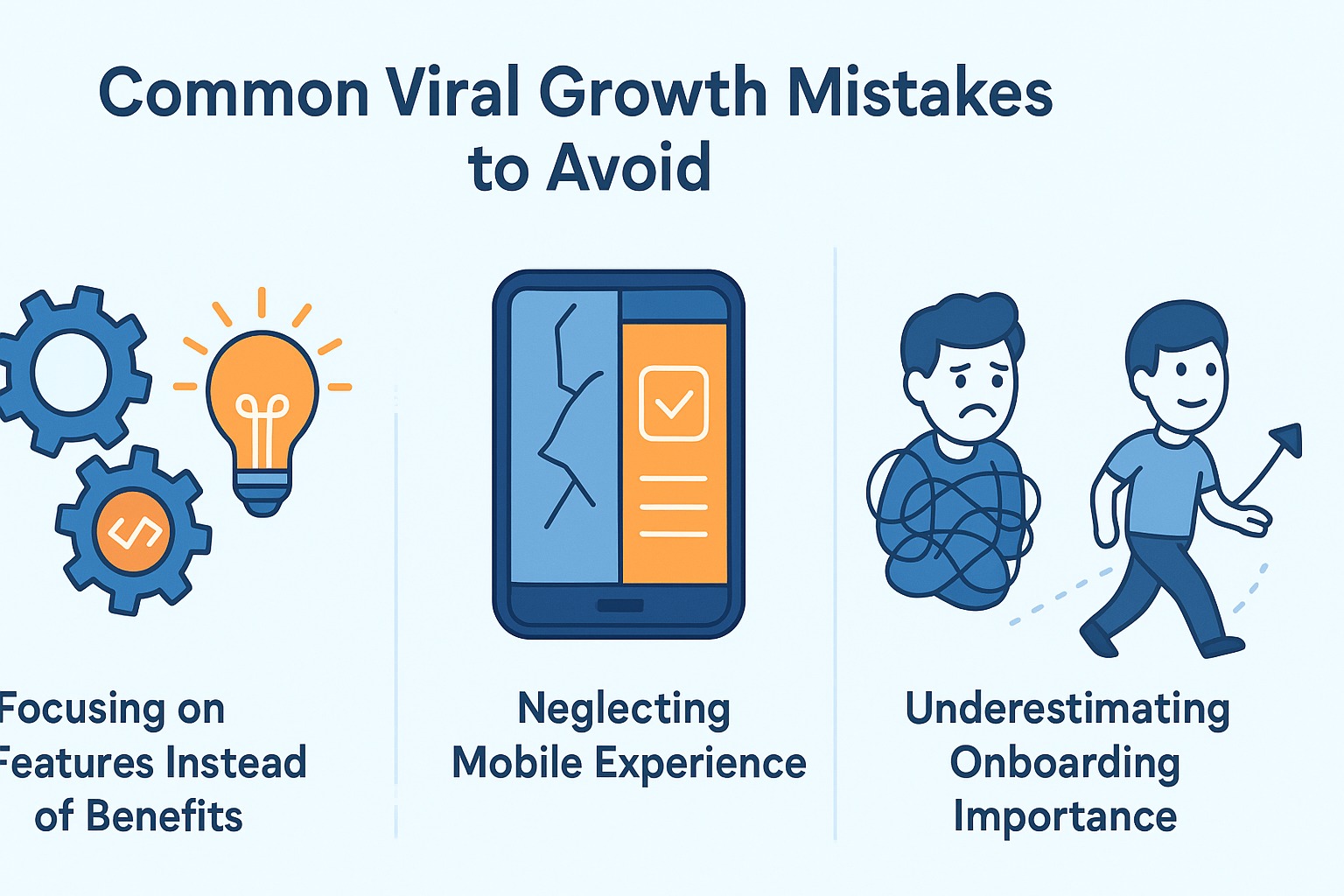
Measuring and Optimizing Viral Growth
Track these key metrics to understand and improve your viral performance:
Viral Coefficient
Calculate how many new users each existing user brings to your product. A viral coefficient above 1.0 indicates true viral growth.
Time to First Value
Measure how quickly new users experience your product's core benefit. Shorter times correlate with higher viral potential.
Share Rate and Social Mentions
Monitor how often users share content created with your tool and track brand mentions across social platforms.
User-Generated Content Volume
Track the amount and quality of content users create and share using your product.
The Future of Viral Digital Products
As we move deeper into 2025, several trends are shaping the future of viral growth:
AI-Native Experiences
Products built with AI at their core are seeing significantly higher viral adoption rates.
Community-Driven Development
Successful products are involving their user communities in feature development, creating stronger emotional investment and natural advocacy.
Cross-Platform Integration
Tools that work seamlessly across multiple platforms and API integration with users' existing workflows have higher stickiness and sharing potential.
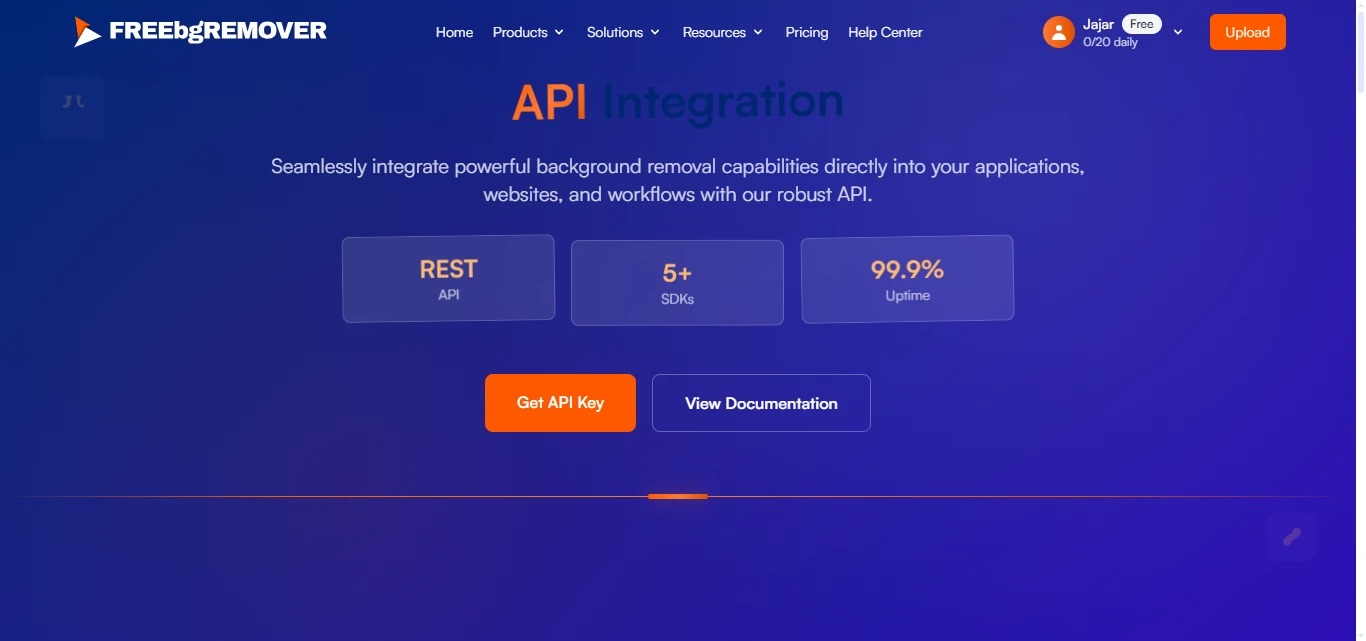
Conclusion
Building a viral digital product in 2025 isn't about hoping for lightning to strike. It's about systematically implementing proven strategies that align with how people discover, use, and share digital tools today. The products that will dominate the next wave of viral growth are those that solve real problems, create shareable moments, and make their users look good in the process. Whether you're building an AI-powered tool like FreeBgRemover or developing the next breakthrough app, these principles will guide your path to viral success.
Remember, virality isn't just about rapid user acquisition. It's about creating a product so valuable and delightful that users can't help but tell others about it. Focus on that, and the growth will follow. Start implementing these strategies today, and join the 6% of digital products that don't just survive but thrive in our increasingly connected world.
